Table of Contents Show
In J.K Rowling’s Harry Potter series, Neville Longbottom and Harry Potter’s character arcs could not have been more different. When we are first introduced to Harry Potter; he is the Chosen One, a hidden wizard on Privet Drive. As readers, we follow him as he prevails throughout every battle until he finally succeeds in defeating Voldemort. When we meet Neville Longbottom, we are introduced to a clumsy young man who while occasionally falling on his face, trains and slays Nagini, the last Horcrux. Despite their contrasts, the two end up in the same place, as heroes of the Second Wizarding War. While Neville Longbottom and Harry Potter are vastly different, the two can both be classified as heroes by applying the leadership theories of behavioral theory and trait theory to their character arcs.
An Introduction To Leadership Theory
Leadership Theory is something primarily used in business spheres, however, it can be applied to literature as well. Leadership theory helps to define who is a leader, while also outlining the responsibilities and function of a leader (( Robbins, Stephen, and Timothy Judge. “Leadership.” In Organizational Behavior, 17th ed., 380–87, n.d. )). Within leadership theory, there are many sub-theories that hypothesize different definitions of leaders. Two such sub-theories that can be applied to Harry Potter are behavioral theory and trait theory. The behavioral theory says that we can train people to be leaders. Essentially over years of experience, someone can become a leader. They are made not born.
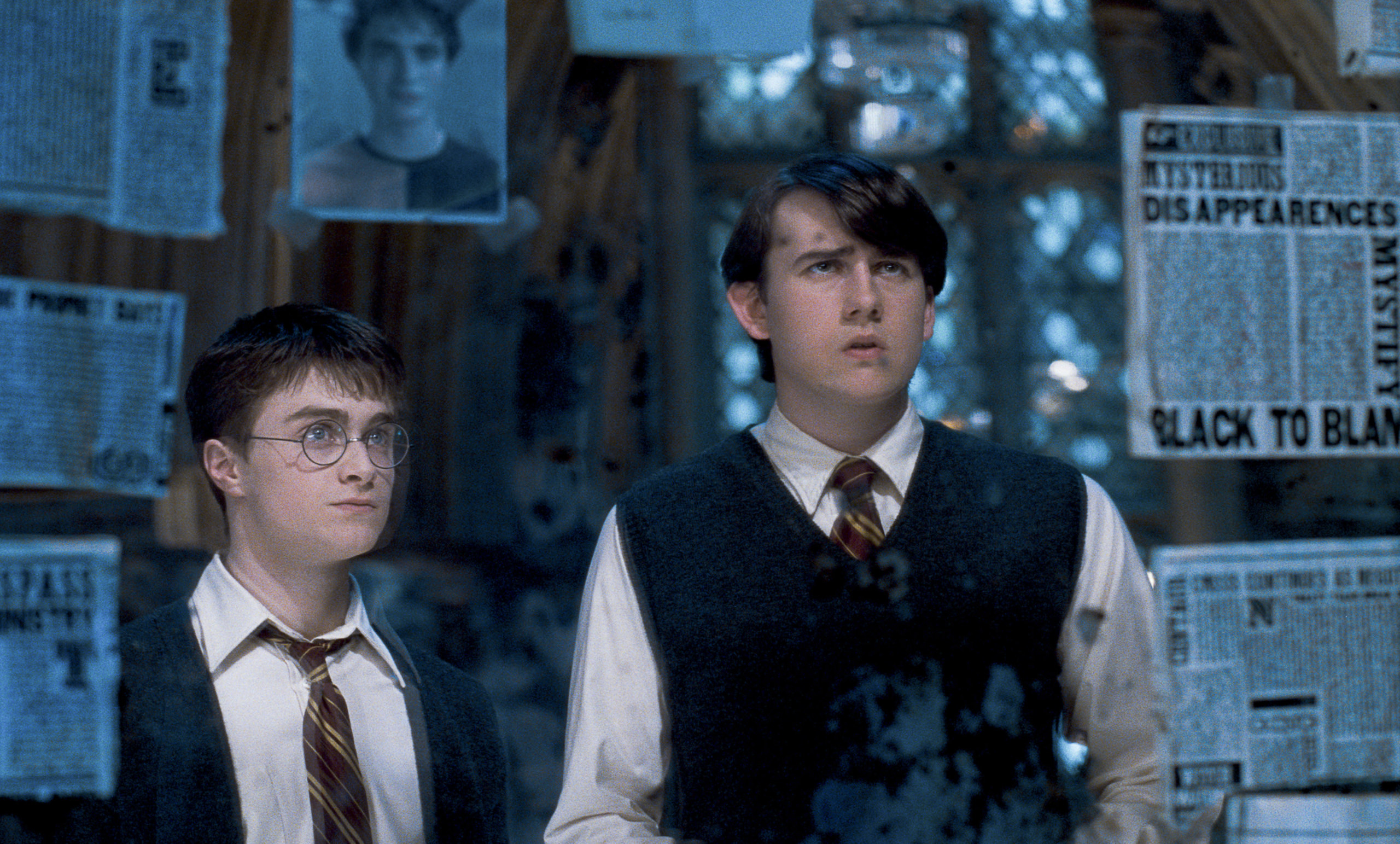
Trait theory, on the other hand, disputes this idea and says that leaders cannot be made, because a leader is someone who innately has the “Big Five Traits.” If a person inherently has the following traits: emotional stability, extroversion, openness, agreeableness, and conscientiousness, then they are a leader. These traits cannot be taught, instead, they come naturally to someone who is a leader. While these two theories oppose each other they both can be applied to Harry Potter when looking at how Neville Longbottom and Harry Potter’s character arcs result in them becoming heroes.
A Hero’s Destiny
Harry is a prime example of a leader under the definition of trait theory. Harry is essentially born to be a hero. Prior to his birth, Sybill Trelawney gave the prophecy that a boy born in July of 1980, with parents who had defied Voldemort three times, would be the downfall of Lord Voldemort. Once Harry was born and Voldemort sought him out, this became his destiny. His role as a hero is inherent to who Harry is as a person. After all, he is called the “Chosen One.” Harry did not train or work to gain this title, rather he is called a hero for simply being born, aligning with trait theory’s hypothesis that leaders are born not made.
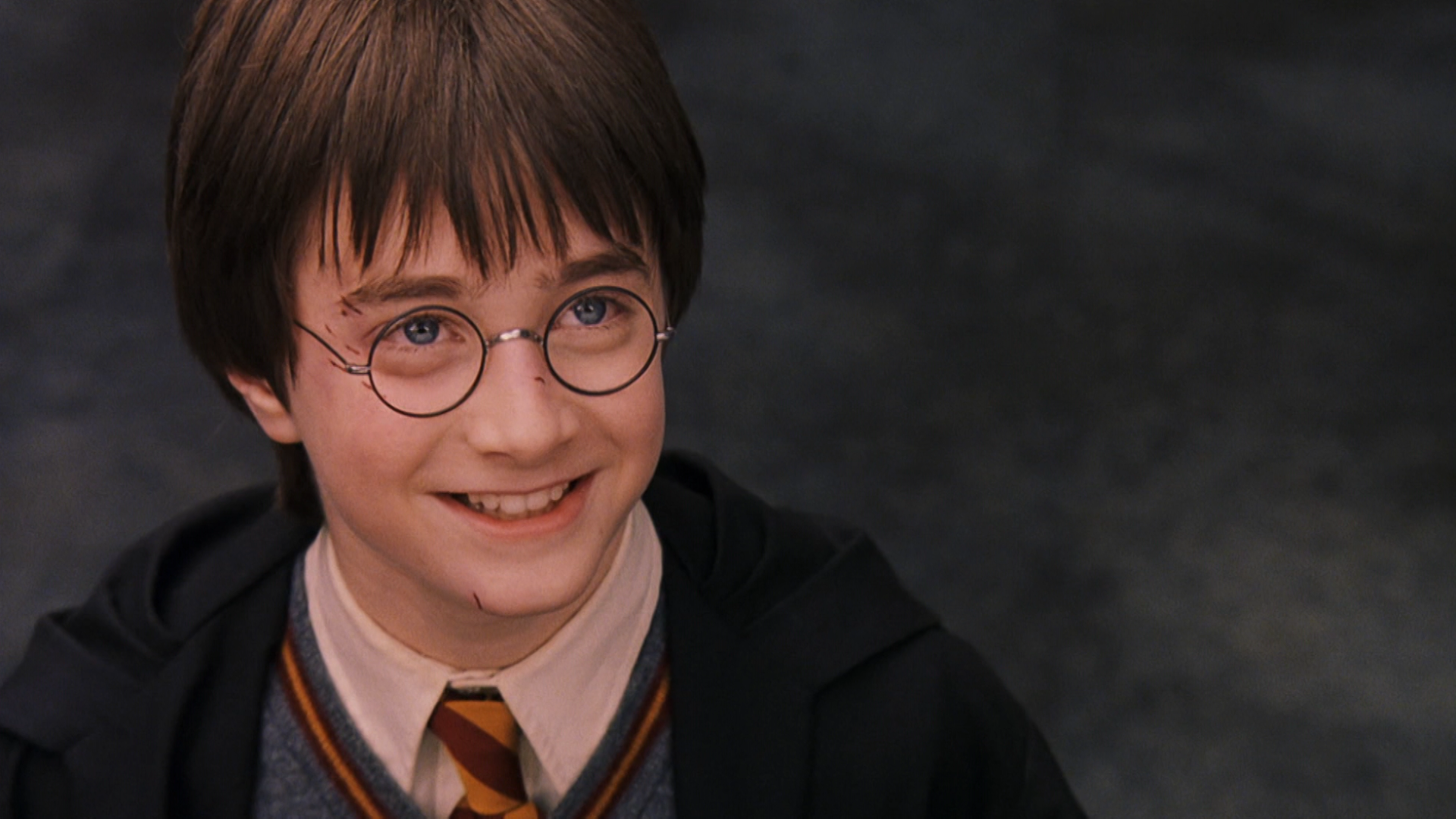
It can be argued that Neville Longbottom could have had a hero’s destiny as well. Harry wasn’t the only child born in July of 1980, with Neville’s birthday falling only one day before Harry’s. Not only that, but Neville’s parents also defied Voldemort three times having been Aurors with the Potters during the First Wizarding War. However, it ultimately became Voldemort’s choice of which child would fulfill the prophecy. Therefore, when Voldemort tried to kill Harry as a baby and the two became connected Harry became the one with a hero’s destiny, leaving Neville to forge his own path to heroics.
Born This Way
Besides being the “Chosen One” Harry is shown to naturally have the traits of a leader. While Harry trains throughout the series and evolves as a person, his character arc is fairly stagnant in regards to his heroic characteristics. This is because the traits that make him a hero have been naturally with him from the beginning. As mentioned previously, according to trait theory leaders are those who have the “Big Five Traits.” Harry is shown to possess all five starting from the first book, Harry Potter and the Sorcerer’s Stone, onwards.
It is important to note that when establishing whether or not Harry had the personality of a leader we must do so by looking for them in the first novel. Finding these traits within the start of the series establishes that Harry did not have to go through character development for these characteristics, by contrast they come naturally to him. If Harry were to gain these traits over time the hypothesis that trait theory proposes would fail.
The Big Five Traits
Harry’s emotional stability can be seen when reflecting back on his childhood. Despite being shoved aside and ordered around by the Dursley’s for years, Harry is able to keep his emotions under control. Aside from his outburst at the zoo, in which a boa constrictor escapes, Harry is able to maintain stability when needed and avoids any violent or angry episodes with the Dursley’s.
Furthermore, Harry is even able to keep to his excitement in check. When Harry is first told that he is a wizard his immediate response is just, “what?” in lieu of spontaneous celebration. Although Harry was just given life-changing news he remains calm, albeit confused, and follows Hagrid to the Wizarding World. Even at a young age, Harry was able to display emotional stability.
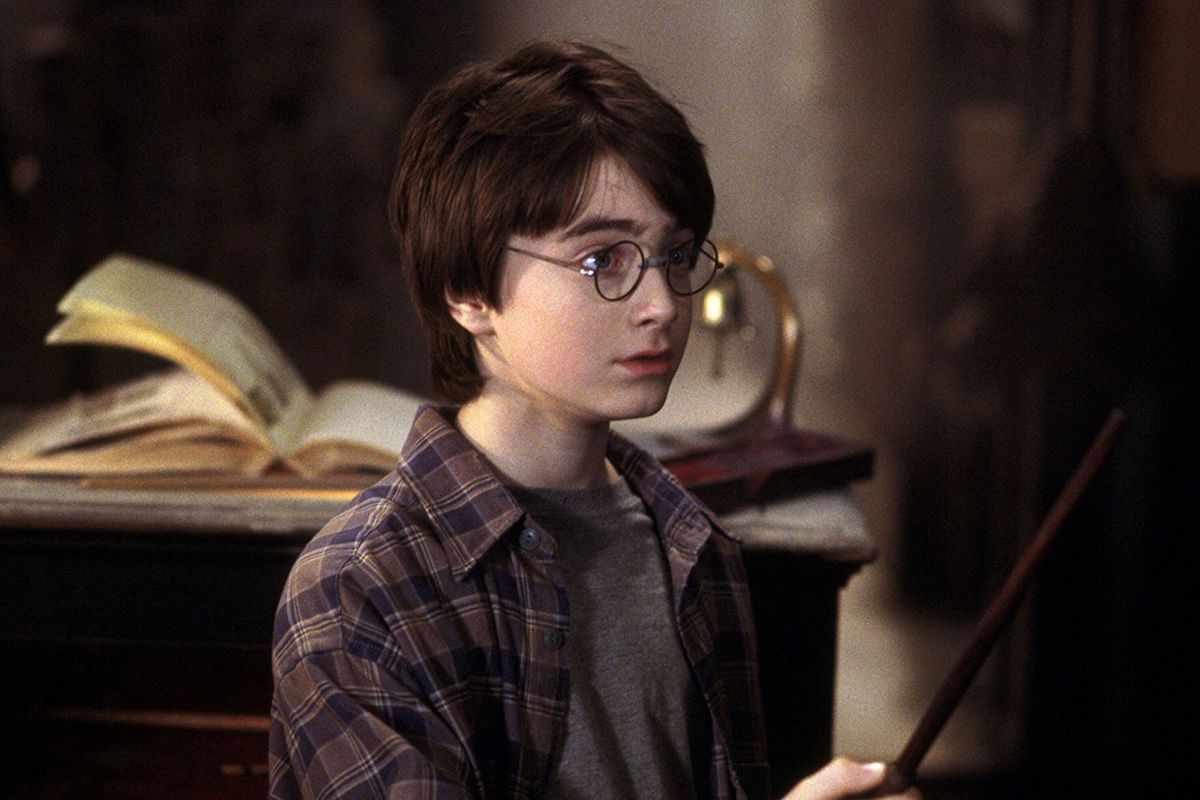
In regards to extroversion, openness, and agreeableness, all three can be seen when studying Harry’s relationships with others. Although Harry has been secluded all of his life, he still manages to seek out social interactions, quickly befriending all of the first-year Gryffindors. His agreeableness can especially be seen in how he made his first friend, Ron Weasley, when he purchased an entire cart of sweets just so Ron would not feel left out.
Looking ahead to further along in the series, Harry’s openness and extroversion become especially accentuated in Harry Potter and the Goblet of Fire. In this installment, Harry is not only open towards his other competitors, not holding back on sharing secrets about the Triwizard Tournament, but he is also extroverted by quickly befriending members from rival schools, Beauxbatons, and Durmstrang. The last trait, conscientiousness, comes across slowly over the course of Harry Potter and the Sorcerer’s Stone. Conscientiousness refers to a person’s dedication and willingness to fulfill one’s duty as thoroughly as possible.
This trait emerges in Harry as he takes on a personal mission to discover what is hiding behind the three-headed dog (Fluffy) in the third-floor corridor. Harry understands that uncovering this secret is dangerous, but because of his conscientiousness, he remains dedicated and perseveres. Against all odds, Harry has the inherent traits of a leader. When Harry emerges as a hero in the Second Wizarding War, he is defined as the perfect hero under trait theory.
Neville Longbottom’s Unlikely Journey To Becoming A Hero
Neville Longbottom’s character arc follows an extremely different path, yet he is also defined as a hero in book seven, Harry Potter and the Deathly Hollows. This is because of behavioral theory’s hypothesis of how a leader is made.
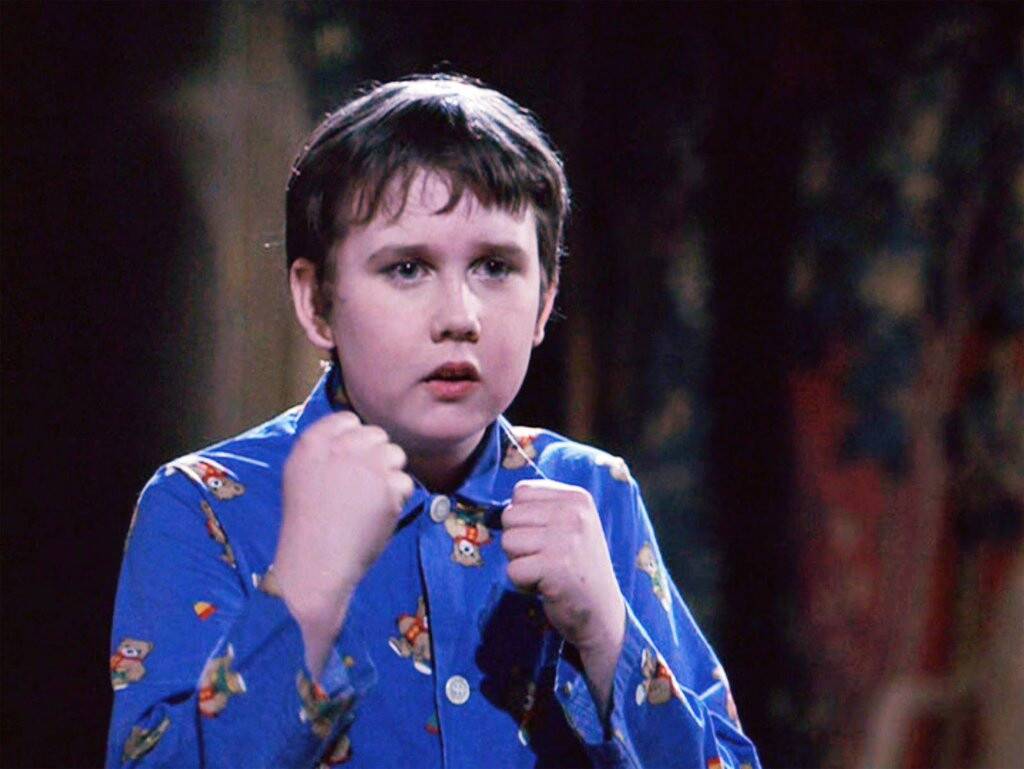
Not only was Neville not chosen by Voldemort as the child of the prophecy, he was not born with the same traits as Harry. Where Harry is emotionally stable, Neville Longbottom is easily flustered. Where Harry is extroverted, Neville is at first shy. By all definitions, in Harry Potter and the Sorcerer‘s Stone Neville is not a hero. Yet, over time Neville grows and evolves as a character.
Becoming A True Gryffindor
A major turning point in Neville Longbottom’s character arc was his involvement in Dumbledore’s Army, as one of the first members. During this time, Neville became stronger and more confident. By the end of the fifth year, Neville is starting to make a name for himself as a leader and a hero. When the Second Wizarding War begins Neville displays this growth by leading rebellion efforts against the new administration at Hogwarts.
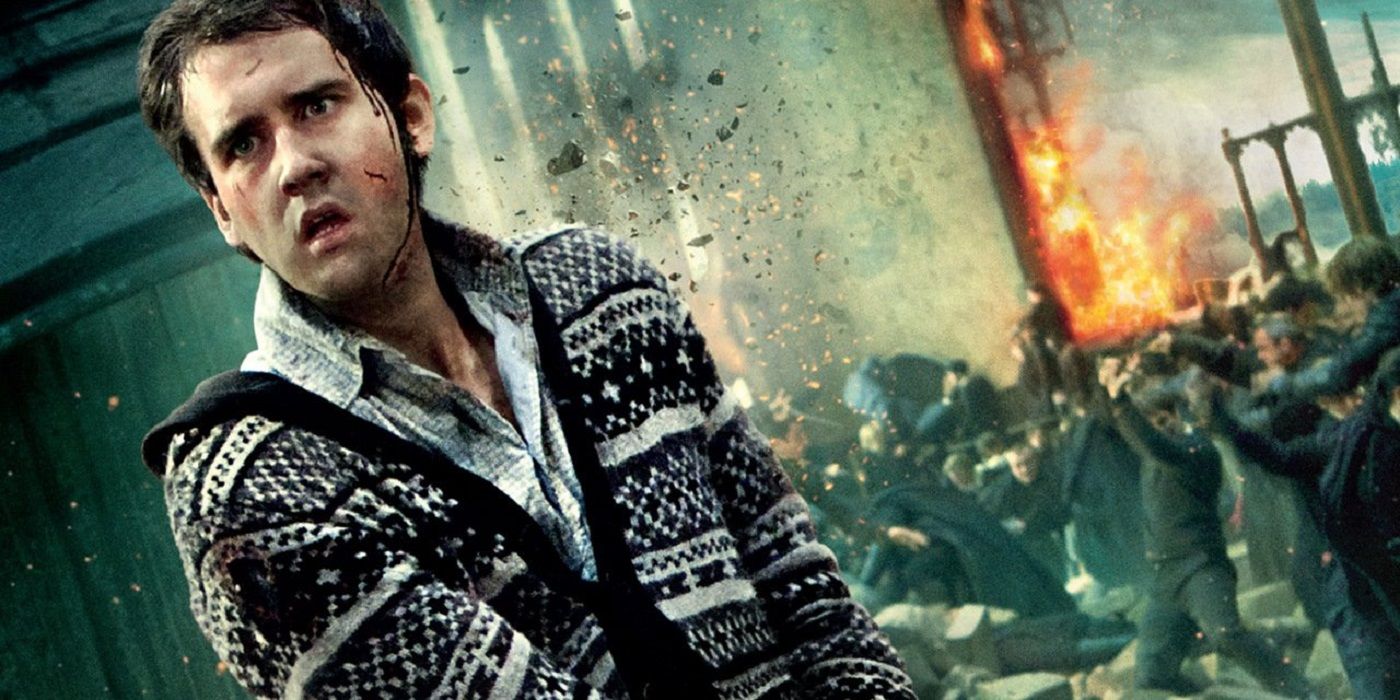
He truly shows himself off as a hero when he slays Nagini making it possible for Harry to kill Voldemort once and for all. He does so with the use of Godric Gryffindor’s sword, proving that he has become a different person and is now the brave Gryffindor he had been working to be. The last person to wield this sword in battle was Harry Potter, reinforcing the idea that Neville is now every bit a Gryffindor and hero as Harry.
Neville Longbottom is a prime example of how according to behavioral theory, leaders can be made. If one were to look at Neville Longbottom under trait theory, we could never consider him to be a hero. Yet, once we place Neville Longbottom under behavioral theory, his character arc becomes the perfect path towards becoming a hero.
What Is The Point Of This?
When looking at the books of Harry Potter through the lens of leadership theory, there are essentially two ways one could become a hero. A person could either be born with the predetermined traits and destiny to be a hero, or a person could start from nothing and grow into their heroics.
Through this, the characters of Harry Potter and Neville Longbottom are both made into heroes despite contrasting character arcs. J.K Rowling may not have realized these possible applications when writing her text, yet this has been just one example of the many ways we can study Harry Potter years after publication. The goal of articles such as this one is to show how different disciplines can be applied to readings of Harry Potter to create new meaning out of a well-read text.
I love this, very well written!
wow, how insightful!
Intersesting topic. Ive always been a Longbottom fan and this article proves him as a hero